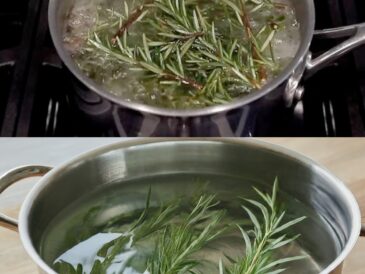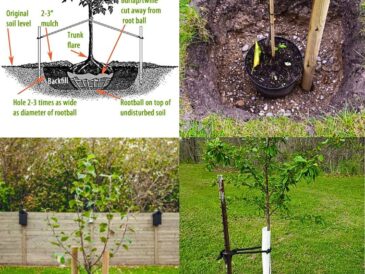Sweet potatoes are a nutritious and versatile crop that can be grown in a variety of climates. While they are relatively easy to cultivate, there are several common mistakes that gardeners often make when planting sweet potatoes. Avoiding these errors can lead to a more abundant and healthier harvest. In this article, we’ll discuss seven crucial mistakes to avoid when planting sweet potatoes.
1. Planting at the Wrong Time
One of the most common mistakes is planting sweet potatoes at the wrong time. Sweet potatoes thrive in warm weather and need a long growing season to develop properly.
What to avoid:
- Planting too early when the soil is still cool can stunt the growth of sweet potatoes.
- Planting too late can result in a shorter growing season, reducing the size and yield of the tubers.
Best practice:
- Wait until the soil temperature is consistently above 60°F (16°C) before planting. In most regions, this means planting after the last frost in spring. Aim for a growing season of at least 90 to 120 days.
2. Using Poor-Quality Slips
Sweet potatoes are grown from slips, which are shoots that sprout from a mature sweet potato. Using poor-quality or diseased slips can significantly impact the health and yield of your crop.
What to avoid:
- Using slips from a sweet potato that is moldy, shriveled, or showing signs of disease.
- Buying slips from unreliable sources.
Best practice:
- Source your slips from reputable suppliers or grow your own from healthy, organic sweet potatoes.
- Inspect slips carefully before planting, ensuring they are vigorous and free from disease.
3. Incorrect Spacing
Proper spacing is crucial for the development of sweet potatoes. Crowded plants will compete for nutrients, water, and sunlight, resulting in smaller tubers and a reduced harvest.
What to avoid:
- Planting slips too close together.
- Not providing enough room for the vines to spread out.
Best practice:
- Space the slips 12 to 18 inches apart in rows that are 3 feet apart.
- Ensure that each plant has enough space for its vines to grow and for the roots to develop large tubers.
4. Overwatering or Underwatering
TO CONTINUE READING PLEASE SEE NEXT PAGGE




